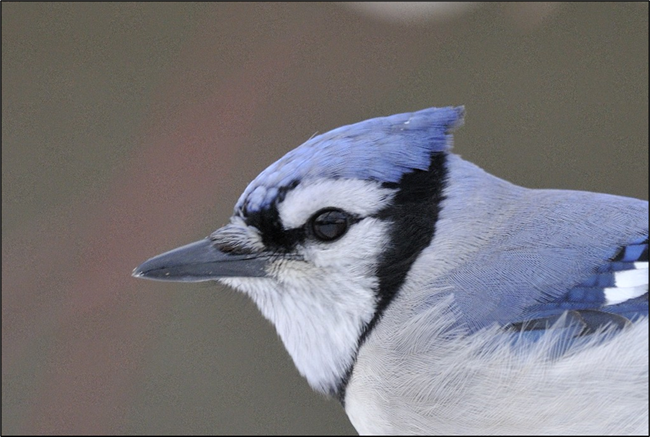Last updated: February 25, 2022
Article
Streamside Bird Monitoring in Friendship Hill National Historic Site

Friendship Hill National Historic Site contains a rich and diverse streamside bird community with a total 59 species detected; 50 of which are target species and presumed to be breeding in the park during summer months. The majority of the 20 most abundant species were forest-associated species including both forest-interior species and forest-generalist species reflecting the dominant vegetation structure at the park.
Sixteen species overall and six of the 10 most abundant species were of conservation importance in the Appalachian Mountains bird conservation region (Figure 1), highlighting the significance of even a relatively small park like Friendship Hill National Historic Site to avian conservation. Most of the species of conservation importance at the park were species dependent on intact, mature, deciduous forest as habitat for nesting and breeding.

This report provides the first information regarding long-term population trends of breeding birds in Friendship Hill National Historic Site. Continued monitoring will provide new insights and future analyses will explore specific factors linked to population trends. As anthropogenic land use and climate change continue to reshape the Appalachian landscape, park managers will need this information to best allocate effort that aligns with regional conservation planning and other park priorities.
Report Citation:
Marshall, M. R. 2021. Streamside bird monitoring in the Eastern Rivers and Mountains Network: Friendship Hill National Historic Site 2008–2019. Natural Resource Report NPS/ERMN/NRR—2021/2328. National Park Service, Fort Collins, Colorado. https://doi.org/10.36967/nrr-2288170.
For more information, contact the Eastern Rivers and Mountains Network Program Manager, Matt Marshall.
